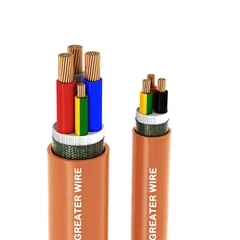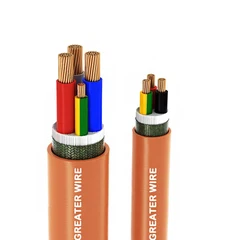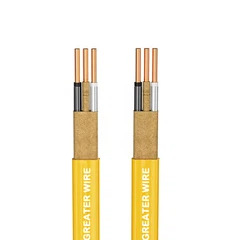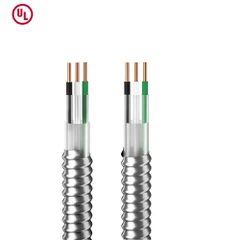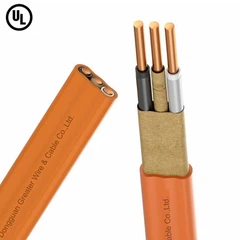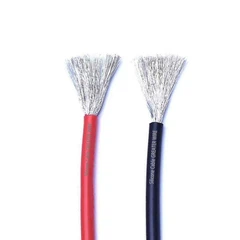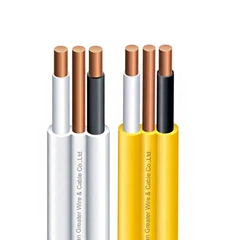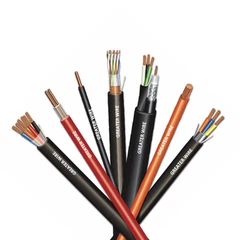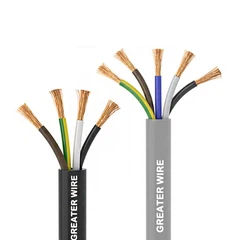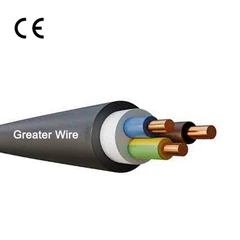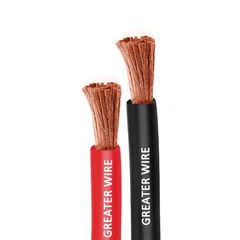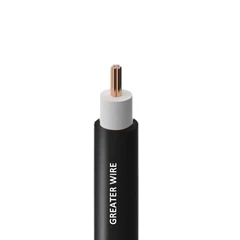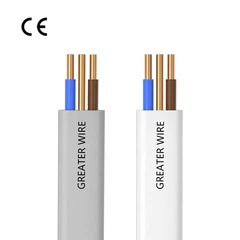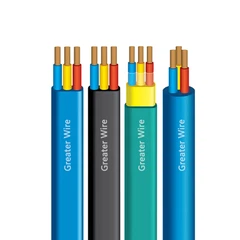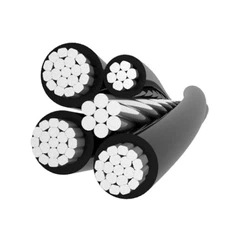In both everyday life and industrial applications, cables may be the most overlooked yet essential components. Have you ever experienced device malfunctions or unstable connections? Often, the root cause isn't the equipment itself, but the wrong choice of cable.
Among the most common types are Solid Cables and Flexible Cables, but do you really understand their differences? Choosing the wrong type can shorten device lifespan, complicate wiring, and even create safety hazards. This article will help you fully understand the distinctions between these two types and guide you to make the right choice for any application.
What is a Solid Cable?
Definition:
A Solid Cable consists of a single, solid metal conductor, usually covered with an insulating layer for protection.
Features and Advantages:
- Simple Structure: Single-core conductor ensures stable wiring.
- Stable Signal Transmission: Ideal for long-distance fixed wiring with minimal signal loss.
- High Durability: Resistant to oxidation and deformation, low maintenance cost.
- Typical Applications: Fixed distribution boxes, in-wall wiring, residential or industrial fixed wiring.
Limitations:
- Low flexibility; frequent bending can cause breakage.
- Not ideal for movable equipment installations.
What is a Flexible Cable?
Definition:
A Flexible Cable is made of multiple strands of fine copper wire twisted together, with a flexible insulating layer on the outside.
Features and Advantages:
- High Flexibility: Can bend repeatedly, perfect for dynamic or moving equipment.
- Shock-Resistant: Suitable for industrial robots, robotic arms, automotive wiring harnesses, etc.
- Easy Installation: Connects easily to moving or complex equipment.
Limitations:
- Slightly higher cost than solid cables.
- Minor signal loss, generally negligible.

Core Differences: Solid vs Flexible Cable
| Feature | Solid Cable | Flexible Cable |
|---|---|---|
| Conductor Structure | Single-core copper wire | Multi-stranded copper wire |
| Flexibility | Low | Very high |
| Cost | Lower | Slightly higher |
| Suitable Applications | Fixed wiring | Moving equipment / dynamic use |
| Signal Transmission | Stable | Slightly attenuated (negligible) |
| Maintenance | Low | Slightly higher (requires periodic inspection) |
This table clearly highlights the fundamental difference: use solid cables for fixed installations and flexible cables for dynamic applications.
How to Choose the Right Cable
- Fixed Installations: Choose Solid Cable for neat, stable, and cost-effective wiring.
- Dynamic or Vibrating Environments: Choose Flexible Cable for superior bending resistance and shock absorption, extending equipment life.
Professional Tips:
- Confirm the operating environment's temperature and space constraints.
- Choose cables with international certifications, such as VDE, CE, or CB.
- Select the appropriate length and specifications for your project to avoid waste or safety issues.

Why Choose Dongguan Greater Wire & Cable Co., Ltd.
As a professional cable manufacturer, we provide a full range of Solid and Flexible Cables for industrial, mechanical, construction, and household applications. Our advantages include:
- Authorized Certifications: All products are VDE, CE, and CB certified, ensuring reliable quality.
- Comprehensive Service: We offer product and technical support for projects of any size.
- Professional Team: Our pre-sales and after-sales team is available 24/7 to answer any technical questions.
- Custom Solutions: Various specifications, lengths, and special requirements are available for customization.
📞 Contact Us:
- Dongguan Greater Wire & Cable Co., Ltd.
- Tel/WhatsApp/WeChat: +86 135 1078 4550 / +86 136 6257 9592
- Email: manager01@greaterwire.com
Consult us now to find the perfect cable solution for your project!

